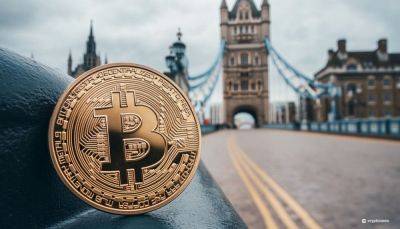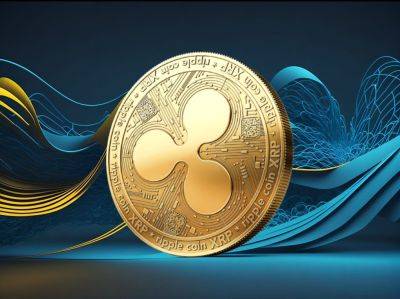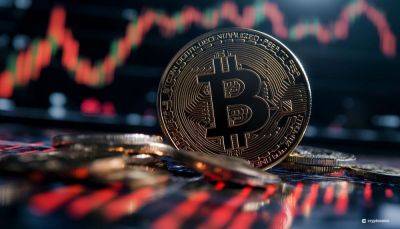How DePINs May Disrupt The Trillion-Dollar Telecom Industry
Decentralized physical infrastructure networks, or “DePINs,” have become a hot topic in the crypto industry, driven by their potential to address real-world challenges in data and energy.
DePIN networks work by integrating with physical infrastructures. Blockchain technology and token incentives are leveraged to ensure more efficient business operations.
According to research firm Messari, “The DePIN addressable market is currently valued at $2.2 trillion and has the potential to reach $3.5 trillion by 2028.”
In DePIN
Tokenization is A feature, not THE feature
Tokenization enables DePIN projects to build out the decentralized infrastructure
The feature is the ability to use and deploy that infrastructure!
Token value capture decreases with increasing network size. And that’s… pic.twitter.com/Ri9hjm1pT2
— Corey | TMI (@_0xNinja_) June 25, 2024
Therefore, it shouldn’t come as a surprise that a number of DePIN projects have emerged. For instance, DePIN for the telecommunications industry is quickly gaining traction.
Data from The Business Research Company shows that the global wireless network infrastructure industry is valued at $3.1 trillion. This number is expected to reach about $3.9 trillion by 2028.
Yet unfortunately, the telecommunications industry faces a number of ongoing connectivity and technology challenges .
Carlos Lei, CEO and Co-Founder of Uplink, told Cryptonews that the connectivity market today is broken. “With billions of devices in need of proper connectivity and numerous organizations seeking cost-effective and reliable solutions, the traditional methods of infrastructure deployment are financially unsustainable,” Lei said.
He added that leading telecommunication companies face significant capital
Read more on cryptonews.com


















